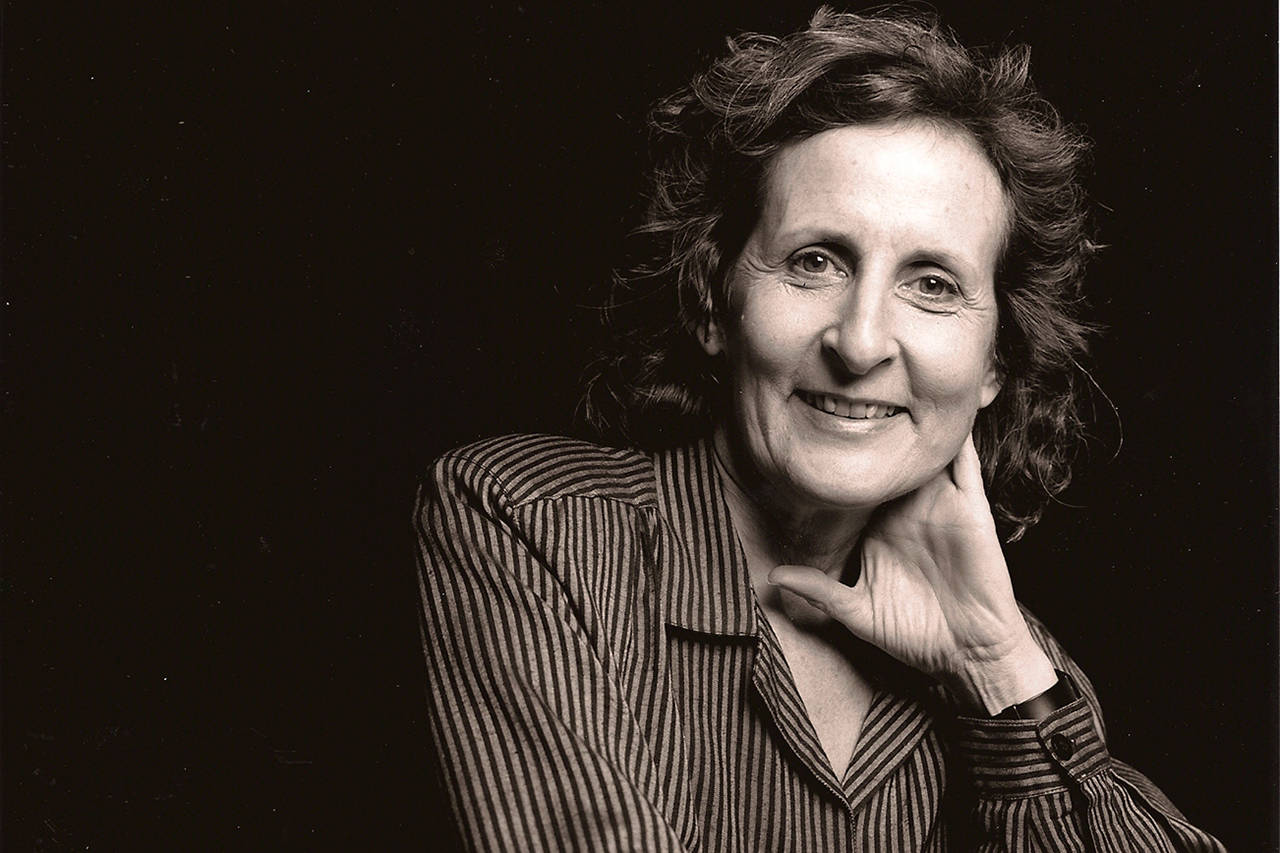Trisha Brown, an Aberdeen native whose edgy innovations as a choreographer — including performances on rooftops and sideways on walls — were credited with revolutionizing dance in the 20th century, died March 18 at an assisted-living center in San Antonio. She was 80.
She had vascular dementia, said Barbara Dufty, executive director of the Trisha Brown Dance Company in New York.
Patricia Ann Brown was born in Aberdeen on Nov. 25, 1936. She became a standard-bearer of postmodern dance, an art form that favored natural, everyday movement over the more formal, stylized motions glorified in ballet and other genres.
She envisioned dances to be performed in unorthodox venues, such as parking lots, and without sound. Not until well into her career did she create choreography for the traditional stage or with musical accompaniment.
“I like to know the limits of my space, and I like to push it,” Brown told the Los Angeles Times in 1997. “I like to go to boundaries and stand on them — breach them.”
Honors
The effect of her relentless experimentation was to enlarge the definition of dance. She was a 1991 recipient of a MacArthur fellowship, colloquially known as a “genius grant,” and was widely hailed by fellow dancers and dance critics as a visionary. At the request of President Bill Clinton, she served on the National Council of Arts from 1994 to 1997. In 2002, she was named a recipient of the National Medal of Arts, which was to be presented to her by President George W. Bush.
“Her friends said: You can’t go to the White House with that man, and you cannot give him any support,” local historian Tom Quigg recalled this week. “And she says: Listen, it’s my medal, it’s very important, it’s the highest honor I could possibly get. I’m going to the White House, and I’m getting my picture taken with him!”
New York
Brown established herself as a choreographer in the New York dance scene of the early 1960s and founded her eponymous dance company in 1970. The same year, she debuted “Man Walking Down the Side of a Building,” in which a dancer used a harness and rope system to perambulate along a vertical plane. It was “a glorious breach of the usual definition of choreography,” she told the Houston Chronicle.
Another significant early work, “Roof Piece” (1971), featured dancers clad in red performing on the rooftops of New York’s SoHo neighborhood in a scene equal parts eccentric, provocative and beautiful.
Many of Brown’s early works were performed in silence. She later incorporated music — in part, she quipped, because she grew weary of hearing the coughing of audience members over the tapping of her dancers’ feet.
She had notable collaborations with artist Robert Rauschenberg and composer Laurie Anderson, with whom she created her widely acclaimed dance “Set and Reset” (1983).
Aberdeen years
In a January 2008 article for The Daily World, Quigg wrote that when Brown was 10, her mother enrolled her in classes conducted by Marion Hageage in Aberdeen. For years, she spent long hours at Hageage’s home after school and on Saturdays, learning tap, ballet, jazz and acrobatics.
After graduating from Aberdeen High School, Brown furthered her study of ballet at Mills College in Oakland, Calif., where she graduated in 1958. As a university student, and in the early years of her career, she trained under choreographers Jose Limon, Merce Cunningham and Anna Halprin.
Brown became the dance instructor at Reed College in Portland, Ore., then moved to New York in 1961 to pursue a dance career. There, she helped found the Judson Dance Theater and performed with the improvisational group Grand Union before establishing her own company. She took to dancing in such unusual locales as parking lots, she said, because she initially had no theater to perform in.
In his 2008 article, Quigg wrote that Brown still referred to the Harbor as “very dear to her heart.” Some of her performances included references to the area, including “Skymap,” which mentioned communities such as Wishkah, Quinault, Quileute River and Oyehut; and “Skunk Cabbage, Salt Grass and Waders,” which was about duck hunting with her father.
Her final work premiered in 2011: “I’m Going to Toss My Arms — If You Catch Them They’re Yours.” She retired from choreography after that because of ill health.
Her first marriage, to dancer Joseph Schlichter, ended in divorce. Her second husband, Burt Barr, an artist whom she married in 2005, died last year. She is survived by a son from her first marriage, Adam Brown of Kapaa, Hawaii; a brother, Gordy Brown; a sister, Louisa Brown Adams; and four grandchildren.
When Quigg asked Brown in 2008 what advice she would give to students from Grays Harbor, her answer was direct: “Learn, learn, learn it all. Go for it. Never stop learning, and trust your instincts.”
Kat Bryant of The Daily World contributed to this story.


